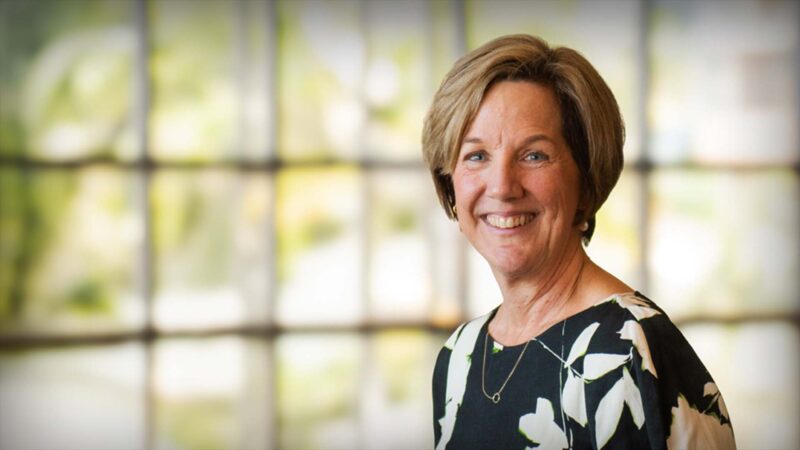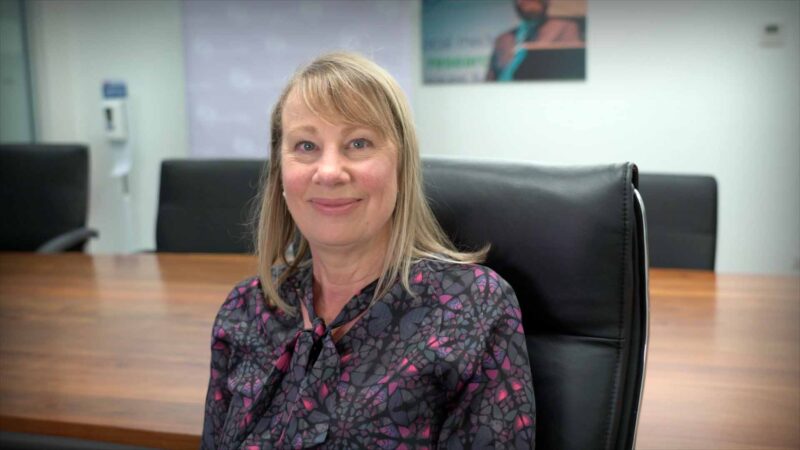NEW TREATMENT OPTIONS UNDER INVESTIGATION FOR PELVIC ORGAN PROLAPSE Design of next generation meshes using degradable polymers and stem cell based surgical constructs
Pelvic organ prolapse (POP) develops when tissues, pelvic floor muscles and ligaments that support the pelvic organs (bladder, uterus and bowel) are damaged, usually in childbirth. This injury causes the organs to shift, or ‘drop’, into the vagina or event outside of the body. This can lead to debilitating symptoms including poor bladder or bowel control and pain during sex
POP Facts
- 1 in 4 women globally in their 40s live with POP
- 1 in 2 women over 50 years of age live with POP
- $200 million annual cost to the Australian healthcare system
POP is a lifelong, potentially debilitating condition. Despite the high prevalence, there is no cure for POP.
Dr Shayanti Mukherjee, Research Group Head, Translational Tissue Engineering at the with her team at Hudson Institute of Medical Research is developing new ways to prevent and potential cure pelvic organ prolapse (POP). The technology aims to ultimately lead to safer and more effective treatment for women with pelvic organ prolapse (POP) using a woman’s own stem cells to boost the effectiveness of a degradable mesh.
Dr Shayanti Mukherjee specialises in innovative cell-based therapies for pelvic floor disorders and birth trauma injuries.
Dr Mukherjee’s research uses a woman’s own stem cells to create a 3D-printed degradable mesh, promising to avoid the complications that have plagued previous synthetic non-degradable meshes.
“By integrating cutting-edge techniques like electrospinning and 3D printing of materials and cells, I aim to revolutionise maternal urogynaecological health, offering transformative solutions and improving the wellbeing of women affected by this prevalent issue.”
“This research has the potential to revolutionise therapies for pelvic floor regeneration and enable personalised medicine for women,” she said.
“By advancing innovative cell-based therapies, we are on the brink of transforming the landscape of maternal urogynaecological health, promising a brighter and healthier future for women across the globe,” said Dr Mukherjee.
Source: Hudson Institute of Medical Research
You Might also like
-
Sense of service and pride in uniform
This ANZAC Day 2023, Australian Health Journal releases an interview with Group Captain Kath Stein MACN, Director of Defence Force Nursing with the Royal Australian Air Force.
She talks about many masks, aside from PPE, that leadership and all nurses need to wear. Currently there is work underway on a new capability description on what a nurse brings to every level in the nursing defence structure. The advice Group Captain Stein, imparts for new recruits and those interested in joining Defence Force Nursing is to take every opportunity that arises. This is evident in her progression through her career.
-
The desire for primary care nurses to do more, be recognised and valued for the work they do
Denise Lyons is a highly experienced nurse with over 40 years in the profession, including more than 25 years dedicated to primary care. She earned her Bachelor of Science in Nursing in the United States in 1985 and, in 2012, became an endorsed Nurse Practitioner in Australia. Currently, she serves as a primary care Nurse Practitioner in General Practice in Newcastle, where she is committed to delivering high-quality, patient-centred care that improves the health and wellbeing of her community.
-
Brain cancer Professor mentors Tasmanian researchers
Rosemary Harrup trained in Victoria and Tasmania in Medical Oncology and Clinical Haematology, completing a dual Fellowship in 2001. She is the current Director of Cancer and Blood Services at the Royal Hobart Hospital (RHH), a role she has held since 2009.
Australian Health Journal spoke to Rosemary about her journey in medicine and specifically her work in Clinical Trials in Brain Cancer and the value she placed on her senior clinicians as mentors and how she now mentors others.



